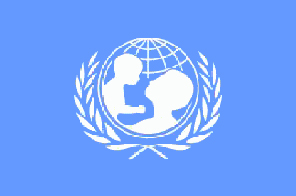Nepal's CMR plunges: UNICEF
KATHMANDU: The United Nations Children’s Fund has listed Nepal among the seven countries where child mortality has been cut down by two thirds between 1990 and 2015.
The fact was revealed in the global assessment report published in a special edition of The Lancet on Thursday. The findings of the report, which is being discussed at the Child Survival Symposium, suggests that Nepal’s success in cutting down premature deaths ought to be highlighted and shared with the rest of the world.
Nepal managed to eliminate neo-natal tetanus last year, while the national measles campaign 2004-5 had achieved remarkable success too.
Dr Suomi Sakai, UNICEF representative in Nepal, said, “The success of measles and other campaigns demonstrate that Nepali people put the health of their children first.” Sakai, however, stressed on the need to work harder to increase routine immunisation.
Stating that the biyearly vitamin A supplementation had cut mortality by about 30 per cent in Nepal, Dr Sakai noted that the second way to cut child deaths was to promptly treat diseases such as pneumonia and diarrhoea. Maternal health ought to be equally taken care of to ensure longevity of a child. “About half of Nepali children are still undernourished,” she said adding that proper nutrition could improve the health of these children.
Dr Sakai attributed success in the areas of vaccination, vitamin A supplementation, and in the treatment of pneumonia and diarrhoea to the “extraordinary network” of some 48,000 Female Community Health Volunteers. “It is because of them that most of the Nepali children are healthy and alive,” said Dr Sakai.
However, she maintained that it was still important to take stock of the fact that more than 65,000 children under the age of five died annually. Mortality was consistently higher in the rural areas, she said, hoping that the success of the ongoing peace process would also help improve the health of the children in Nepal.






